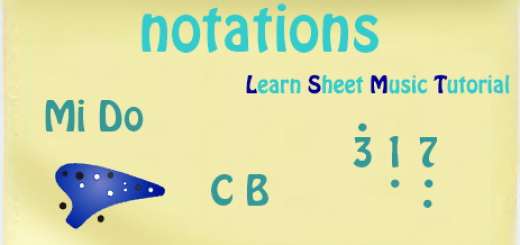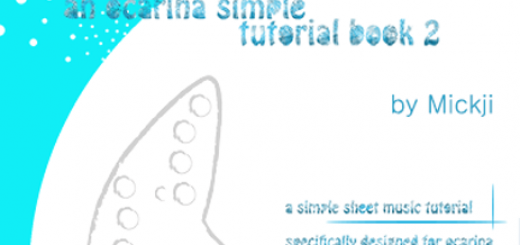Learn sheet music – Natural notes
Now that you know how many holes your ocarina has and how many musical notes it can play, we need to give a name to these dots on the sheet music page that is in front of us.
- Have you forgot how many holes are on your ocarina and how many musical notes it can play? Then go back at the ocarina range tutorial to refresh your memory!
Here I used colors to help you remember the different musical notes.
Regardless of the number of holes of your ocarina, the natural notes are 7, so you will see 7 different colors used in the page.

These colors are: brown, orange, yellow, green, cyan, blue, purple in this order.
To name these musical notes we can use different types of notation.
Let's start using the alphabetical notation.
The English alphabetical notation for sheet music is composed by: A B C D E F G. Pretty easy isn't it?
If you started with a sheet music in C, then the first note of the scale that we meet is C.
But where is C on our sheet music page?
To name the musical notes correctly we must know that we have to start counting the lines and spaces on our staff from the bottom.
If we start to count from A and we know that the next musical note is B, we must point our finger on the staff and move it up to find the position of B.
If you don't know what a staff is, let's have a brief looking at the Staff tutorial before going back here.
Now let's play with some musical notes using this game where you will practice naming the natural musical notes.
How to know if a sheet music is in C? Let's have a quick look at the Keys tutorial page before going back here.
Or if you are not sure where to search the required information, let's have a look at the Sheet music structure page, to not get lost .
I mentioned "English alphabetical notation". Why?
This is because in German alphabetical notation, the progression of notes is C D E F G A H.
H is used instead of B, but the corresponding musical note is played in the same way... It simply has a different name.
So when you will see a H written somewhere on an alphabetical sheet music page, it doesn't mean that you have to breath harder but that you will have a B at that point.
Now that you know all the natural notes, it is time to learn what is between them.
Let's go at the Sharps and Flats tutorial .
Else if you want to know more notations you can temporarily skip the sharp and flats article and learn Other notational kind .
If you want to know more about colored sheet music, you can read this HubPages article before going back here and continue the tutorial.
You can also use the Learn sheet music – guide list to travel to through the whole tutorial.
Also, donations are very welcome. To keep the service going, to help pay the copyright fees, pay the rights of the people that helped in the process of song's arrangement and more please consider donate using the button below:
Banners added on this website by Autopilot.
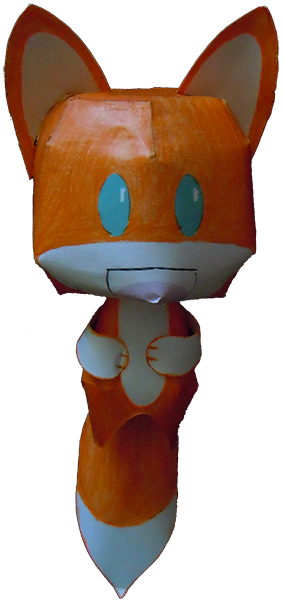 .
.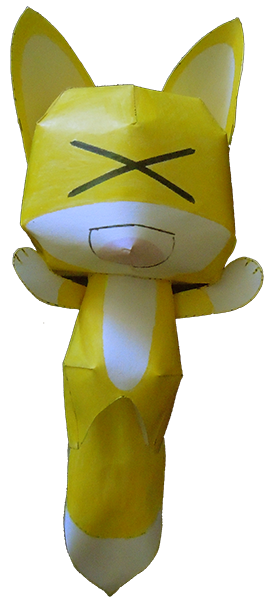 .
.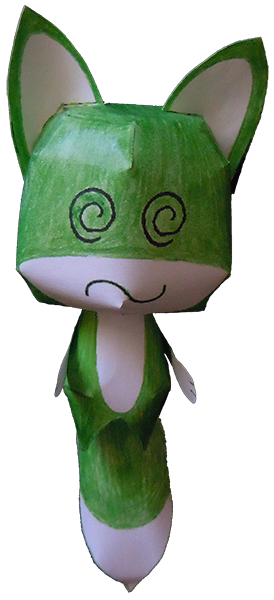 .
.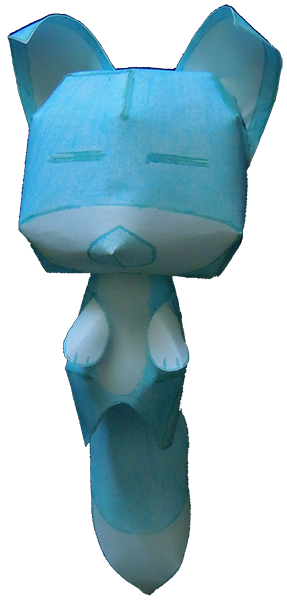 .
.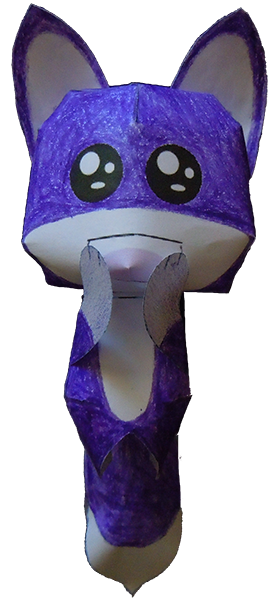 .
.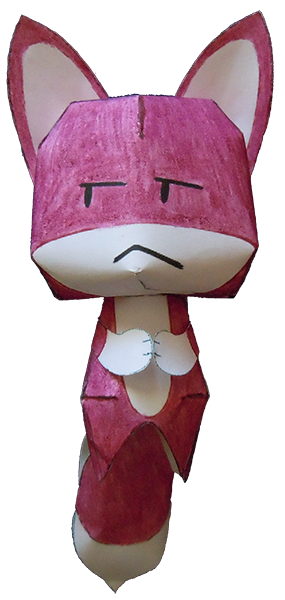 .
.
